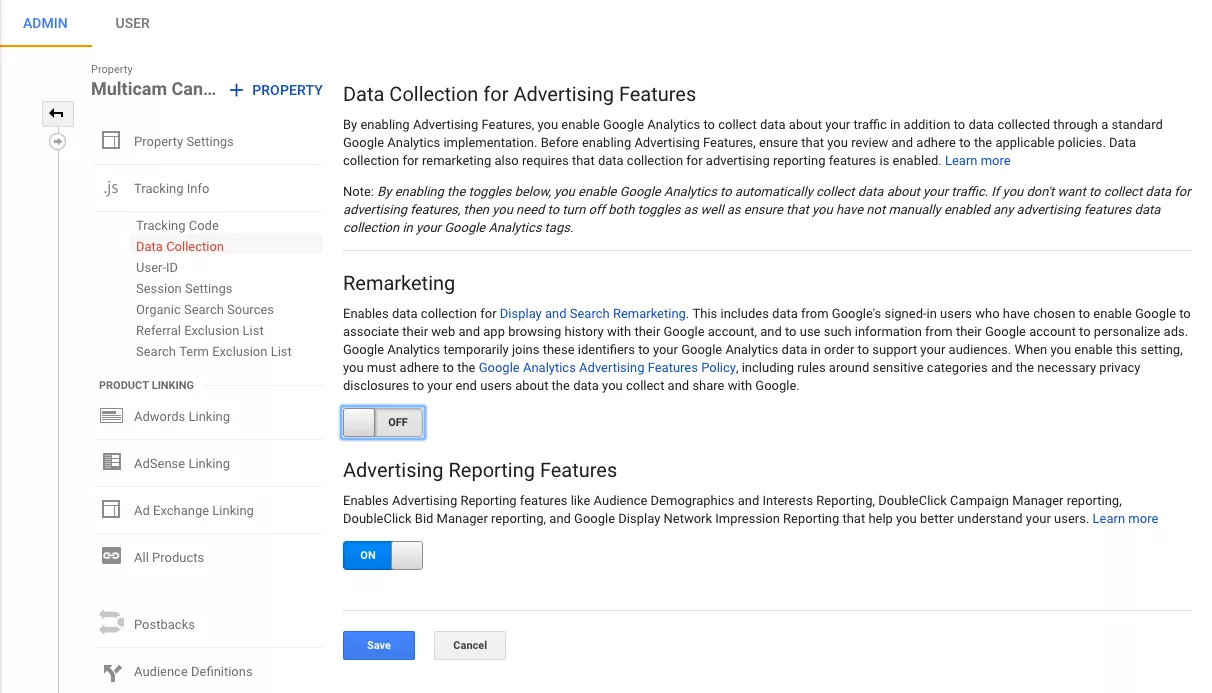The Benefits of Using Remarketing In Google Analytics
The Benefits of Using Remarketing In Google Analytics
Blog Article
Utilizing Remarketing in Google Analytics: A Comprehensive Overview
Using remarketing in Google Analytics uses services a tactical edge in reaching out to possible customers. This overview will certainly shed light on the vital steps entailed in taking advantage of the complete potential of remarketing in Google Analytics, leading to enhanced advertising outcomes.
Recognizing Remarketing in Google Analytics
Remarketing in Google Analytics allows services to tactically target users that have actually formerly connected with their website or mobile application. By leveraging data from Google Analytics, organizations can develop tailored remarketing checklists based on user habits, such as pages visited, actions taken, or certain objectives accomplished. This effective tool enables organizations to re-engage with users who have actually revealed interest in their product and services, inevitably raising the chance of conversion.
Understanding the various types of remarketing techniques is vital for an effective project - What Is “Remarketing” In Google Analytics?. Google Analytics supplies various options, consisting of basic remarketing, dynamic remarketing, and remarketing checklists for search advertisements (RLSA) Each type serves a special objective and can be customized to meet specific advertising objectives
Moreover, examining the efficiency of remarketing projects is important for enhancing outcomes. Google Analytics provides valuable understandings into the effectiveness of different remarketing techniques, enabling organizations to make data-driven choices and refine their targeting approach. By continuously keeping an eye on and adjusting remarketing efforts based on analytics data, services can maximize ROI and drive success in their marketing initiatives.
Establishing Remarketing Campaigns

After setting up target market checklists, the next step is to connect Google Analytics with Google Ads. By linking these 2 systems, businesses can flawlessly transfer audience checklists from Google Analytics to Google Ads for remarketing purposes. This assimilation enables more precise targeting and far better project efficiency.
As soon as the accounts are linked, businesses can develop remarketing projects in Google Ads using the audience notes formerly defined in Google Analytics. These campaigns can be personalized with certain advertisement creatives, messaging, and bidding process techniques to successfully re-engage with previous site visitors and drive conversions. By following these actions, services can utilize the power of remarketing to enhance their advertising efforts and increase ROI.
Utilizing Target Market Division Methods

Predefined sections in Google Analytics permit you to promptly examine typical target market groups fresh users, returning customers, or users who finished a details goal on your website. Custom-made sectors, on the other hand, enable you to create special sectors based upon certain criteria that are essential to your company objectives. Dynamic remarketing listings immediately change based upon individual behavior, revealing customized ads to straight from the source customers who have engaged with your website particularly methods.
Studying Remarketing Performance Metrics
Upon examining the efficiency of remarketing projects in Google Analytics, the analysis of vital performance metrics supplies important understandings into audience interaction and conversion prices. By delving right into metrics such as click-through prices (CTR), conversion prices, cost per purchase (CPA), and return on advertisement invest (ROAS), marketers can assess the success of their remarketing initiatives. Evaluating these metrics makes it possible for marketing professionals to maximize projects, fine-tune audience targeting, and assign budgets properly to improve overall remarketing efficiency.
Enhancing Remarketing Methods
When refining remarketing methods in Google Analytics, concentrating on audience division is extremely important for attaining campaign success. By separating your target market into certain sectors based upon their habits, demographics, or passions, you can tailor your ads better to each team. This targeted technique boosts the possibility of engaging users that have actually currently revealed rate of interest in your services or items, resulting in greater conversion rates.
One more essential aspect of enhancing remarketing approaches is continually testing and refining your campaigns (What Is “Remarketing” In Google Analytics?). A/B screening various ad creatives, messaging, or deals can assist you recognize what resonates best with your target market and drives one of the most conversions. By examining the efficiency of these examinations in Google Analytics, you can make data-driven choices to optimize your remarketing initiatives further
In addition, leveraging dynamic remarketing can substantially improve your campaign results. This function enables you to show tailored browse around this web-site ads to users based on their previous communications with your site, showcasing services or items they have previously viewed. By providing tailored web content to customers based upon their behaviors and rate of interests, dynamic remarketing can help raise involvement and drive conversions.
Conclusion
Finally, harnessing remarketing in Google Analytics is a calculated technique to target customers that have actually previously engaged with an internet site. By creating customized target market lists and using target market division techniques, businesses can optimize remarketing campaigns for raised conversion rates. Analyzing performance her latest blog metrics and continuously maximizing strategies are vital for making the most of the efficiency of remarketing efforts.
Google Analytics provides various options, consisting of common remarketing, dynamic remarketing, and remarketing listings for search ads (RLSA)After setting up audience listings, the following step is to connect Google Analytics with Google Ads. By connecting these 2 systems, organizations can seamlessly move audience checklists from Google Analytics to Google Advertisements for remarketing purposes.As soon as the accounts are linked, organizations can create remarketing projects in Google Ads using the target market lists previously specified in Google Analytics.When refining remarketing strategies in Google Analytics, focusing on audience division is extremely important for attaining campaign success.
Report this page